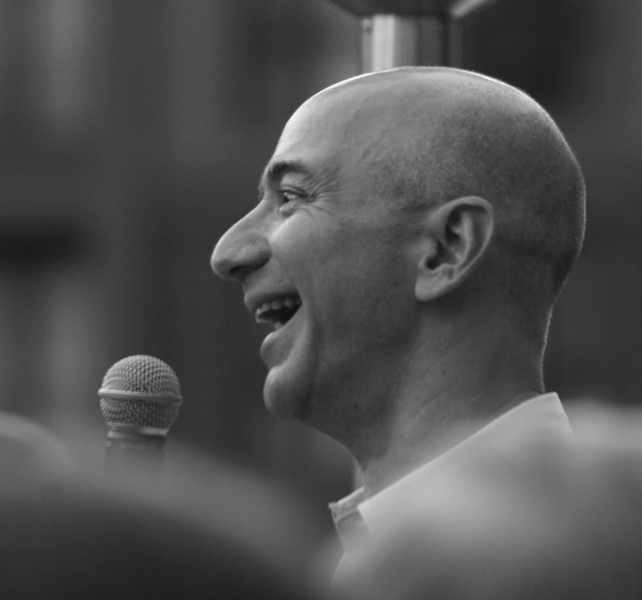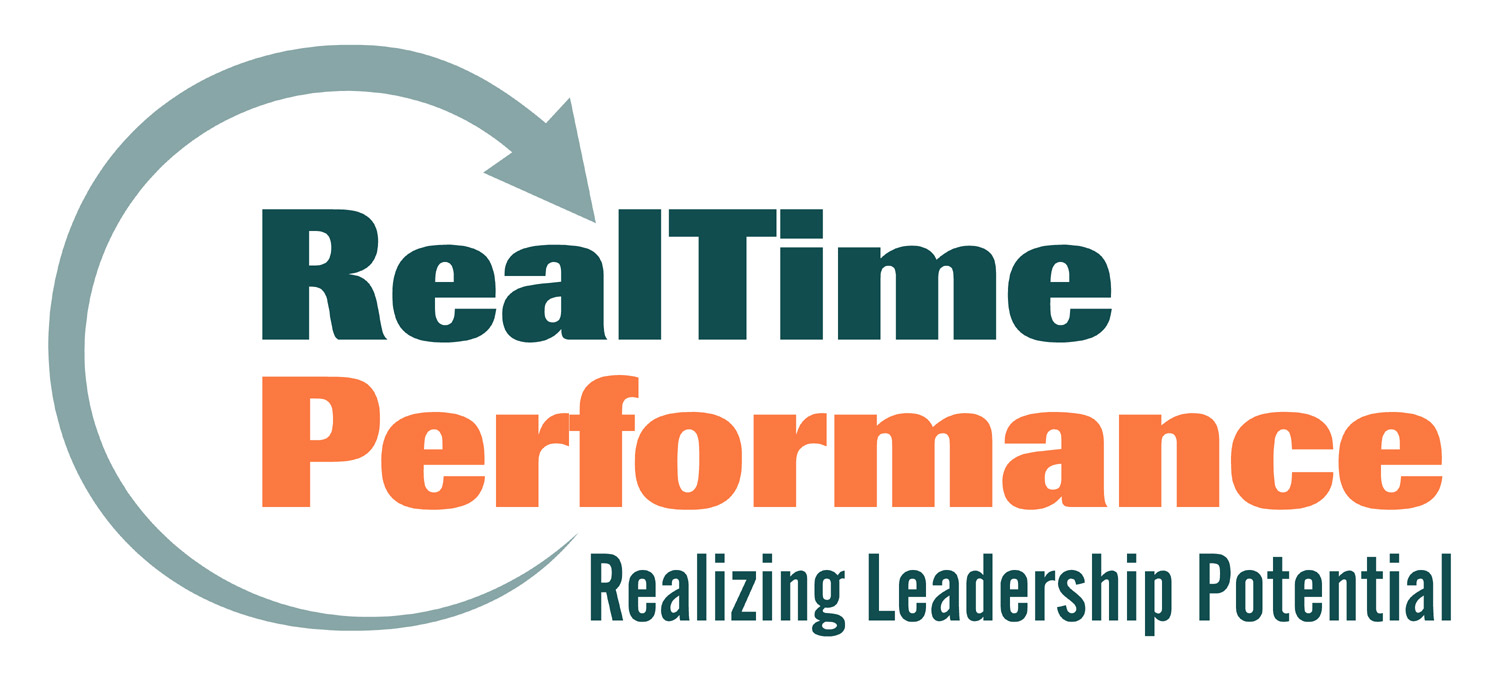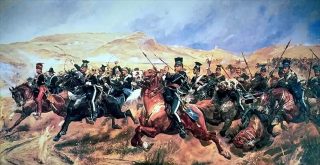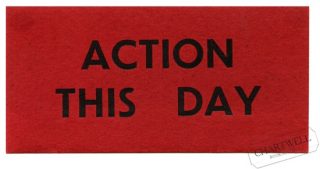
For the past few years Amazon CEO Jeff Bezos has shared his approach to decision making in his annual letter to shareholders. Given Amazon’s ability to innovate, and its meteoric rise to retail dominance, there is much we can learn from Bezos and his tips for better decision making.
Type 1 vs. Type 2 Decisions
Bezos categorizes all decisions into two types. Type 1 decisions are big, strategic and consequential. These decisions must be made very carefully and methodically. They are irreversible or nearly irreversible. He likens them to one-way doors. When you open the door, if you don’t like what you see you can’t easily turn around to get back to where you were before.
However, most of the decisions we face are not Type 1 decisions, rather they are reversible or changeable. Bezos calls these Type 2 decisions and likens them to a two-way door. If you don’t like what you see when you walk through the door, simply turn-around and walk back through the door. Type 2 decisions can be made quickly by people with good judgment or small groups with relevant experience.
What trips up most organizations is a one-size-fits-all decision process. Bezos explains in the 2015 Letter to Shareholders:
As organizations get larger, there seems to be a tendency to use the heavy-weight Type 1 decision-making process on most decisions, including many Type 2 decisions. The end result of this is slowness, unthoughtful risk aversion, failure to experiment sufficiently, and consequently diminished invention. We’ll have to figure out how to fight that tendency.
In the early years, when an organization is still in start-up mode, decisions are made quickly and efficiently by knowledgeable individuals and small groups – especially the less consequential Type 2 decisions. Risk is assumed and accepted as a necessity for survival. However, as organizations grow larger, more and more decisions come under scrutiny, and multiple layers of managements are required to weigh-in on decisions of all types. Risk becomes something to avoid at all costs rather than something to embrace under the right conditions.
As Amazon gets bigger, the risk of losing its innovative edge also increases. Amazon now has over 340,000 employees. Even small decisions require multiple levels of approval. At some point, bureaucracy and inertia set in. Bezos is fighting hard against these organizational trends. It will be fascinating to see how long he can keep these forces at bay.
The 70% Rule
In a world where technology is disrupting markets at an increasing pace, organizations can’t afford to wait until they have all the information they need to make the best decision. Bezos recognizes the full cost of decision delay and has instituted something he calls high velocity decision making. Bezos suggests that most large successful organizations are good at making high-quality decisions, it’s just that they make them slowly. The challenge for Amazon is to make high-quality, high-velocity decisions.
One way to do that is to recognize when you have enough information to make the decision and then execute. Knowing where to draw that line is challenging, so Bezos provides a rule of thumb:
Most decisions should probably be made with somewhere around 70% of the information you wish you had. If you wait for 90%, in most cases, you’re probably being slow. Plus, either way, you need to be good at quickly recognizing and correcting bad decisions. If you’re good at course correcting, being wrong may be less costly than you think, whereas being slow is going to be expensive for sure.
Disagree and Commit
Decision making improves when multiple perspectives are considered in the process. However, when smart independent thinkers come together there will be disagreements of opinion and strong views about the future. These are healthy ingredients when it comes to decision making, but all these strong-minded people and opinions can delay the decision. Speed matters in business, so Bezos has this advice:
Use the phrase “disagree and commit.” This phrase will save a lot of time. If you have conviction on a particular direction even though there’s no consensus, it’s helpful to say, “Look, I know we disagree on this but will you gamble with me on it? Disagree and commit?” By the time you’re at this point, no one can know the answer for sure, and you’ll probably get a quick yes.
Bezos goes on to provide examples of when he has used “disagree and commit” himself. When Amazon employees pitch ideas to Bezos they don’t have to convince him their idea is right, they just need to get his commitment, which he readily admits is a lower bar:
Consider how much slower this decision cycle would have been if the team had actually had to convince me rather than simply get my commitment.
As you reflect on the decision-making culture at your organization, is the main goal to make high quality decisions, or are you taking into consideration decision velocity as well?
Consider the recent case of J. Crew. The fashion retailer has fallen on hard times with ten consecutive quarters of declining same-store sales. When asked about this, Mickey Drexler, the CEO and Chairman, said:
“I’ve never seen the speed of change as it is today. If I could go back 10 years, I might have done some things earlier.”
Sean P. Murray is an author, speaker and consultant in the areas of leadership development and talent management. Twitter: @seanpmurray111
Image Source: Doc Searls. Licensed under CC BY 2.0


